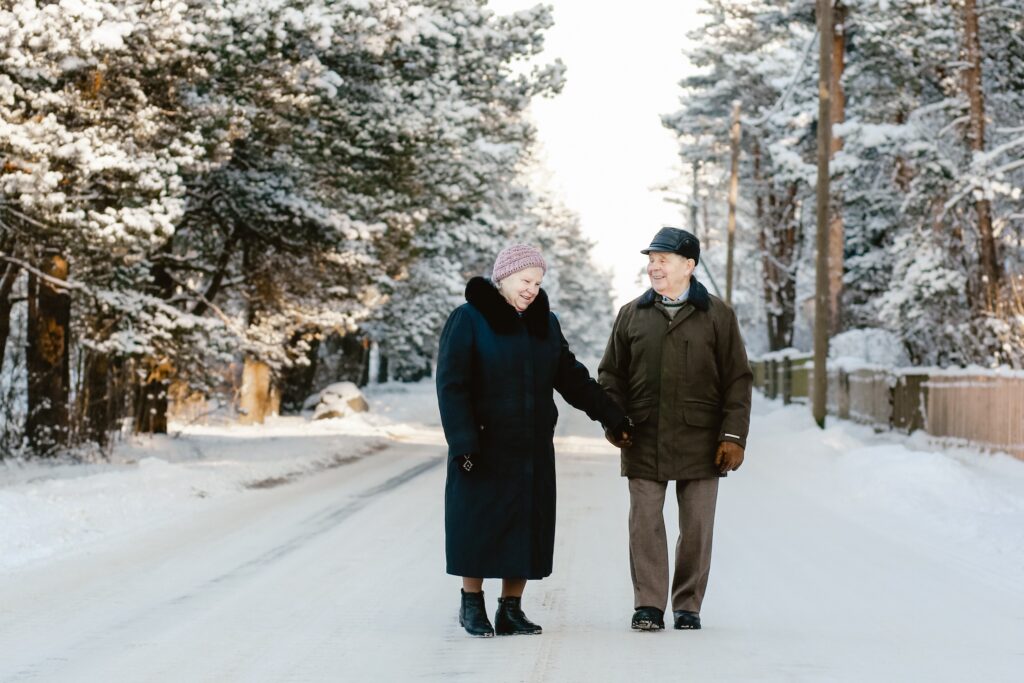The growth in the Estonian people’s life expectancy slowed down in 2020, compared with the preceding years; however, people now live a longer healthy life than before.
According to Statistics Estonia, the country’s statistics agency, in 2020, life expectancy at birth for the inhabitants of Estonia was 78.8 years. Male life expectancy was 74.4 years and female life expectancy was 82.8 years for the second year in a row. Men are expected to live disability-free for 55.5 years and women for 59.5 years, the agency said in a statement.
Compared with the statistics published in 2020, men in Estonia live a healthy life for a year and five months longer. Healthy life years for women have increased by a year and 11 months.
According to Ethel Maasing, a leading analyst at Statistics Estonia, life expectancy has shown a growth trend since 1995, but there was a slight decrease in 2020 (by 0.07%).
“The growth in life expectancy was slowed by the somewhat higher mortality last year compared with the last ten years. This is still a minimal change and only concerns the life expectancy of men. Women’s life expectancy stayed at the same level as in 2019,” she said.

The gap between men’s and women’s life expectancy has narrowed
The indicator of disability-free life expectancy has overall remained stable. After a small drop in 2018, there was a growth in disability-free life expectancy. In 2020, the growth occurred primarily among people of Estonian ethnic nationality and those living in urban areas.
Women in Estonia still live significantly longer than men, but the gap has narrowed over the years. While in 1995, women lived for 12.8 years longer than men, in 2020, the indicator fell by four years, and is currently at 8.4 years.
“Male life expectancy in Estonia has now reached the level of female life expectancy in 1995. However, the gender gap is considerably smaller in the case of healthy life years – just four years in the favour of women. This means the life expectancy of men is shorter, but the share of time lived without activity limitations is greater than for women,” Maasing said.

Life expectancy depends on many factors, according to the statistics agency. The greatest differences occur in the breakdown by education: life expectancy of people with higher education is 82.2 years, while it is 72.9 years for people with basic education.
Estonians live longer than Latvians and Lithuanians
“By counties, the longest life expectancy is in Hiiu and Harju counties, and the shortest in Ida-Viru and Võru counties. Non-Estonians living in Estonia are expected to live a somewhat shorter life, respectively 77.4 and 78.9 years.”
In comparison of the Baltic countries, life expectancy is highest in Estonia. In 2020, the indicator was 75.1 years in both Latvia and Lithuania, and it also fell last year in both countries: in Latvia, by 0.5 years; in Lithuania, by 1.3 years.
At the same time, the average life expectancy in Europe in 2019 was 81.3 years – all three Baltic countries fall below this level. In neighbouring Finland, life expectancy is 82.2 years, which is 3.4 years more than in Estonia, Statistics Estonia said.
The cover image is illustrative. Photo by Shutterstock.

